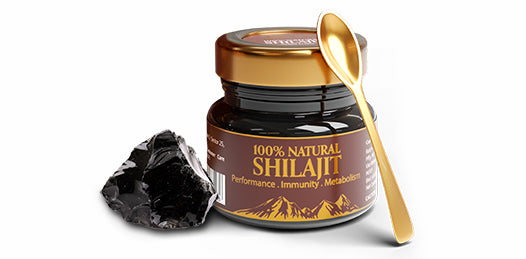
Introduction:
Exfoliation is a vital step in any skincare routine that helps to remove dead skin cells, unclog pores, and reveal a brighter, smoother complexion. However, it's crucial to exfoliate properly to avoid overdoing it and causing skin irritation. In this blog post, we will guide you through the basics of exfoliation and provide helpful tips to ensure you exfoliate your skin effectively and safely.
Understanding Exfoliation:
Exfoliation is the process of removing the outermost layer of dead skin cells from the skin's surface. This step encourages cell turnover, promotes a more youthful appearance, and enhances the effectiveness of other skincare products. There are two primary methods of exfoliation: physical and chemical.
Physical Exfoliation:
Physical exfoliation involves using a scrub or tool to physically slough off dead skin cells. Common physical exfoliants include facial scrubs, brushes, or washcloths. When choosing a physical exfoliant, opt for one with fine particles or gentle bristles to prevent micro-tears in the skin. Be sure to avoid harsh, abrasive scrubs that can cause irritation.
Chemical Exfoliation:
Chemical exfoliation utilizes acids or enzymes to dissolve dead skin cells. These exfoliants are available in different strengths and formulations, including alpha-hydroxy acids (AHAs) like glycolic or lactic acid, beta-hydroxy acids (BHAs) such as salicylic acid, and fruit enzymes like papaya or pineapple. Chemical exfoliants are generally considered gentler than physical exfoliants and are suitable for most skin types.

Choosing the Right Exfoliator:
The choice of exfoliator depends on your skin type and sensitivity. If you have dry or sensitive skin, opt for a gentle chemical exfoliant or a mild physical exfoliant. Those with oily or acne-prone skin may benefit from BHAs, which penetrate the pores and help control oil production. Combination skin types can experiment with different exfoliants for various areas of the face. Always patch-test new products and introduce them gradually to minimize the risk of irritation or allergic reactions.

Exfoliation Tips:
To ensure you exfoliate your skin properly and avoid potential pitfalls, follow these tips:
- Frequency: Exfoliate no more than 2-3 times per week. Over-exfoliating can strip the skin's natural oils, leading to dryness, redness, and increased sensitivity.
- Gentle Application: Whether using a physical or chemical exfoliant, be gentle with your application. Avoid excessive pressure or scrubbing, as it can damage the skin. Instead, use gentle, circular motions to massage the product into the skin.
- Sun Protection: Exfoliation can make your skin more vulnerable to the sun's harmful rays. Always apply sunscreen with a minimum SPF of 30 after exfoliating to protect your skin from UV damage.
- Moisturize: After exfoliating, follow up with a hydrating moisturizer to replenish the skin's moisture barrier. This helps maintain hydration and prevents dryness.
- Avoid Overlapping Exfoliating Products: If you use other skincare products containing exfoliating ingredients, such as serums or cleansers, be cautious not to combine them with additional exfoliation. Too much exfoliation can irritate and sensitize the skin.











